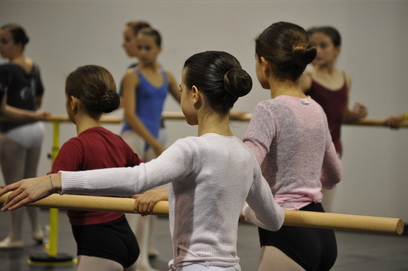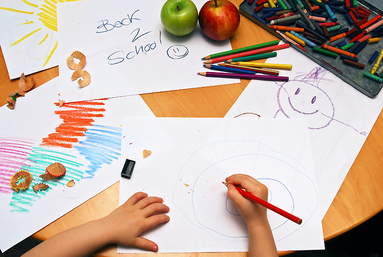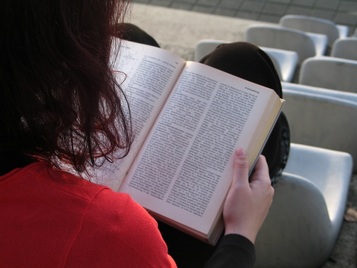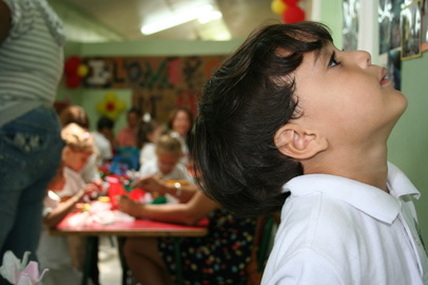Project-based LearningAcademically our model is based on the principles of Papert’s Constructionism, Piaget’s Constructivism and Vygostsky’s proximal learning.
The psychological basis of these trends is that people learn by doing something, by active learning, by pursuing an instructional goal, by building the tower of their knowledge by themselves, by discovering the world and its laws on their own. In project-based learning model (PBL) students try to provide an answer to a question, which is relevant to them. To complete the task they conduct surveys, research, build models and go through all steps required for an adult. Students collaborate with peers and manage their own time in order to meet the project deadline and cope with time constraints. PBL brings real life closer to students even from a very early age in primary school. Rhythm, or a sense of daily/weekly/monthly routine, is an important part of being human, especially at young ages. Rhythm helps maintain overall health. Waldorf pedagogy, in particular, sees rhythm as fundamental to healthy neurological development., or a sense of daily/weekly/monthly routine, is an important part of being human, especially at young ages. Rhythm helps maintain overall health. Waldorf pedagogy, in particular, sees rhythm as fundamental to healthy neurological development. Working project-to-project — often with no structured schedule and withing an interdisciplinary, intergenerational exchange — can put excessive psychological pressure on students. However, children with a good sense of rhythm become more attentive and can maintain their followthrough. Our school will include routines and daily practices to help students structure their individual explorations. Part of our rhythm should be a planning time in the morning where each student meets with an adult to go over their plan for the day. Our school model aims to be academically rigorous, for that students need individual plans and their teacher must have the ability to hold them. The students of the 21st century however need additional skills for research, collaboration and presentation via Informational technology (ICT).
Project-based learning (PBL), utilizing computer technology is called iPBL. Students use technology to communicate, collaborate and work towards a common goal. Students take full responsibility for their learning, which introduces Constructivism in the iPBL model. To make our environment more appealing and inspiring to young people we also derive ideas from the Democratic schools movement and Brazilian Samba schools, which are a model of self-motivated, intergenerational and mutual learning. The main points are:
|
Working on real-life project in school promotes, facilitates and improve the seven skills:
Mixed ages learning / The role of social interaction at school
In our model we heavily rely on the role of social interaction as a teaching agent. Piaget was one of the first theorists to recognize the importance of social context in the learning. Vygostsky demonstrated that students are able to perform tasks with adult guidance or peer collaboration that they could not achieve alone. Social constructivist theory holds that all meaning and knowledge is created through social interaction. We propose collaborative work between older and younger children for the first developing stage of the students, to go on to a second stage, when certain skills have been reached. In the second stage students would collaborate with the community, so they would find the people they are interested to collaborate with, and can also make part of the work outside the school. This point would help the sustainability of the project, and the engagement of both; the community with the project, and the students with the community. |
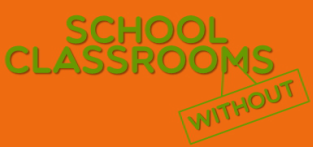 |
|
